-
Silence Of The Lambs Film Study
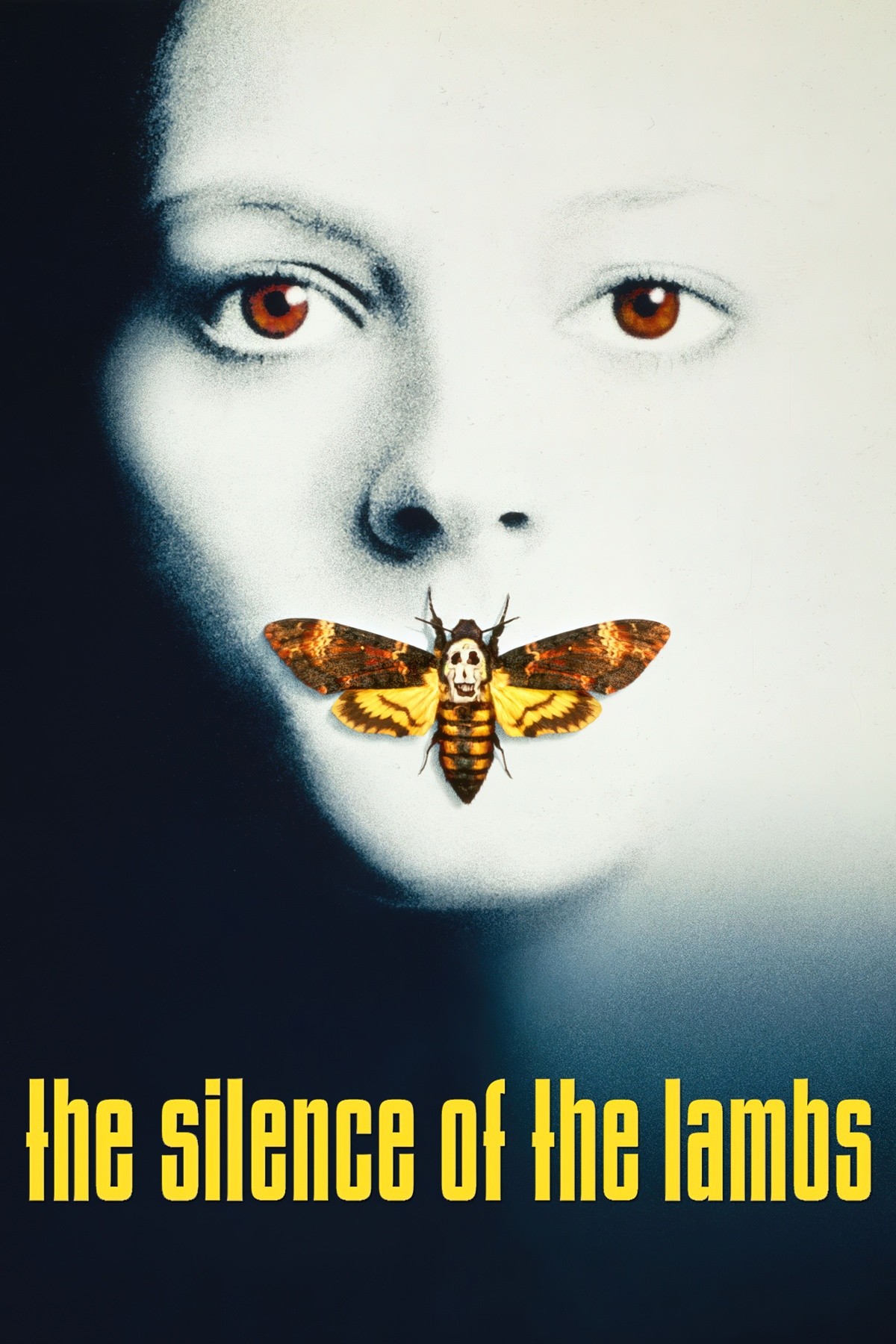
Silence of the Lambs is an excellent thriller which also does active harm to the trans community.
-
Hop O’ My Thumb by Charles Perrault
Hop O’ My Thumb is so similar to Hansel and Gretel you might wonder how both co-existed. Both stories have: A time of famine In which the parents decide to leave their children in the woods A trail of pebbles A second abandonment, further into the woods A welcoming cottage in the woods A cannibalistic […]
-
Bluebeard Fairy Tale Analysis
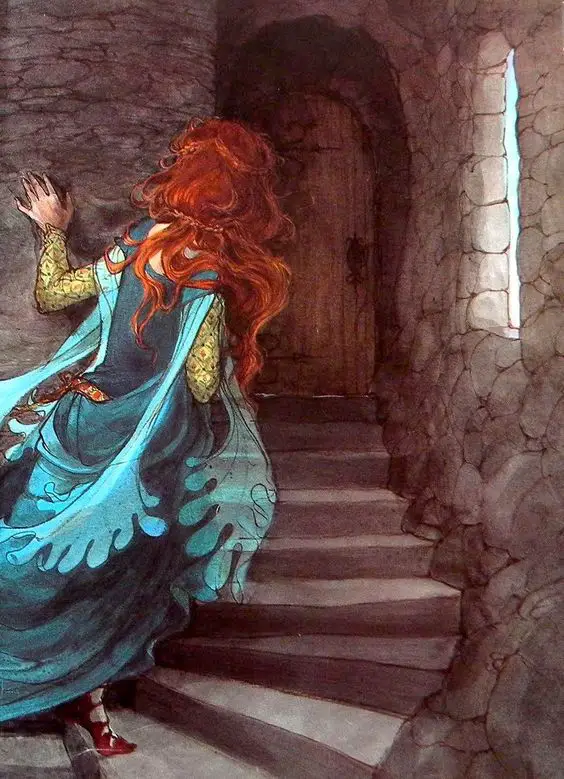
“Bluebeard” is a classic fairytale — the O.G. tale of domestic violence. Any story in which a fearsome husband murders his young wife is probably a “Bluebeard” descendent. The husband in this tale is monstrous, and related to the archetype of the ogre. If you’d like to listen to the tale, I recommend the (free) […]
-
Sleeping Beauty And Cannibalism

If you’ve already read Angela Carter’s short stories, in which she rewrites famous tales as feminist ones, you may well hear her scoffing silently in your head as you read these tales, mostly by Charles Perrault, who added his own paternalistic, misogynist morals as paragraphs at the ends. And if you’ve never read these tales […]
-
Character Empathy In The Breaking Bad Pilot
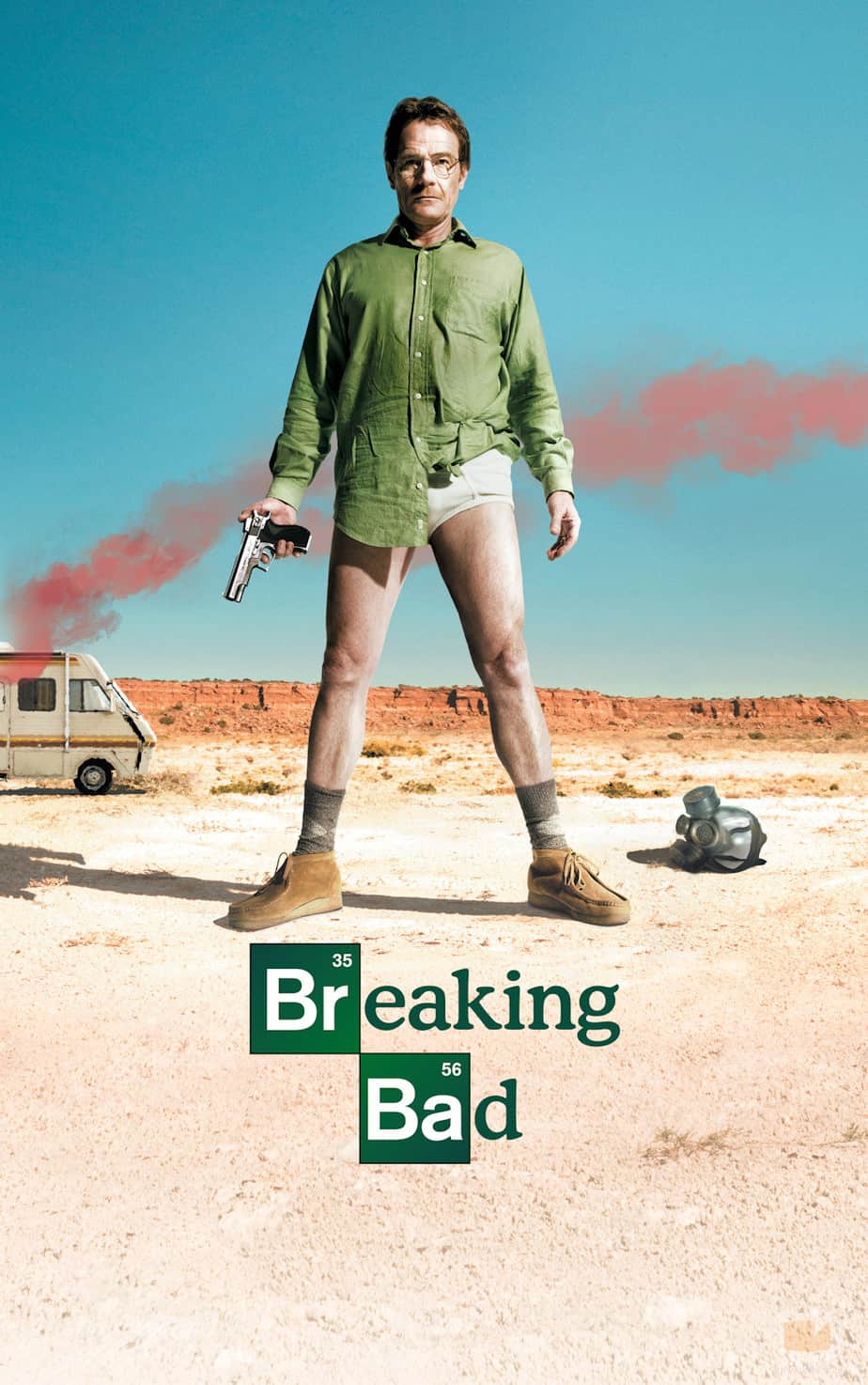
It is much more effective to act like a nice guy and be “reasonable” if you prove willing to go beyond just verbiage. You can afford to be compassionate, lax, and courteous if, once in a while, when it is least expected of you, but completely justified, you sue someone, or savage an enemy, just […]
-
The History of Hansel and Gretel
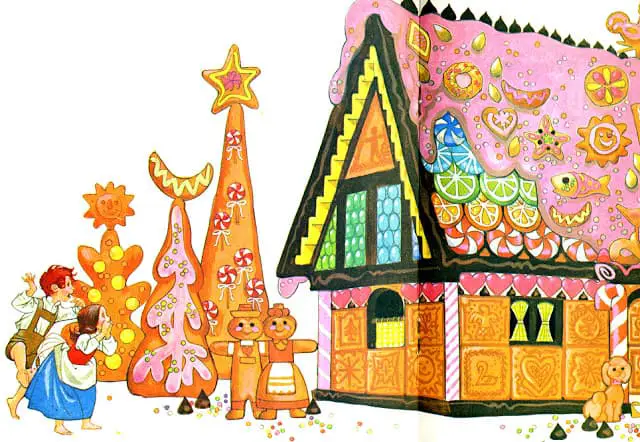
Hansel and Gretel is one of the best-known fairytales. Almost everybody knows the basic story but, more than that, this tale is the ur-story for many seemingly unrelated modern ones. For example, whenever a character meets a character in a ‘forest’ (whether the forest is symbolic or not), the audience is put in mind of wicked cannibalistic witches.
-
The History And Influence Of Cinderella Fairy Tale Analysis

“Cinderella” is a classic rags-to-riches tale and can be found, written straight or subverted, throughout the history of literature. It’s worth pointing out that Cinderella wasn’t truly from ‘rags’. She was related to middle class people, so was at least middle class herself. No one wants to hear about actual starvation, rickets and whatnot at bedtime. This is a middle-class-to-rags-to-aristocrat…
-
Witches In Children’s Literature

The Weirdness Of Using Witches In Modern Entertainment Witches are female equivalent of storybook pirates in that the character is based on something very real and disturbing. I’d like to append ‘in our past’ but very disturbingly, It’s 2013 And They’re Burning Witches. See also: Woman Brutally Murdered in Papua New Guinea After Being Accused of Sorcery, from […]
-
Gross-out Children’s Books
What Are Gross-out Books? Gross-out books are frequently classed as ‘trash‘ and rarely win the big awards, perhaps partly because they sell so well. Gross-out books fall into the category of ‘carnivalesque‘. In academic terms, these gross-out books might be called ‘carnivalesque-grotesque’. Carnivalesque-grotesque narratives directly address the personal and sociocultural anxieties induced by knowledge of […]
-
Fairytale Archetypes

Marina Warner has a great way of thinking about fairytale archetypes: Imagine them as pieces on a chessboard. We know all we need to know about them just from their appearance. Moreover, their position on the board limits the number of possible moves they’re able to make. If you’ve ever seen Tarot cards, the archetypes […]
-
Where The Wild Things Are by Maurice Sendak Analysis

“Where The Wild Things Are” by Maurice Sendak is the picture book that changed picture books forever. The picture book began to be understood, after Maurice Sendak, as something extraordinary – a fusion of images and limited vocabulary which authors such as Julia Donaldson, Lauren Child, Alan and Janet Ahlberg, Emily Gravett and more have turned […]
-
The Carnivalesque in Children’s Literature

Carnival: In the Bakhtanian sense, “a place that is not a place and a time that is not a time”, in which one can “don the liberating masks of liminal masquerade”. Victor Turner, Dramas, Fields and Metaphors: Symbolic Action in Human Society, 1974 Children’s literature academic Maria Nikolajeva categorises children’s fiction into three general forms: […]
-
Caleb by Gary Crew and Steven Woolman Analysis
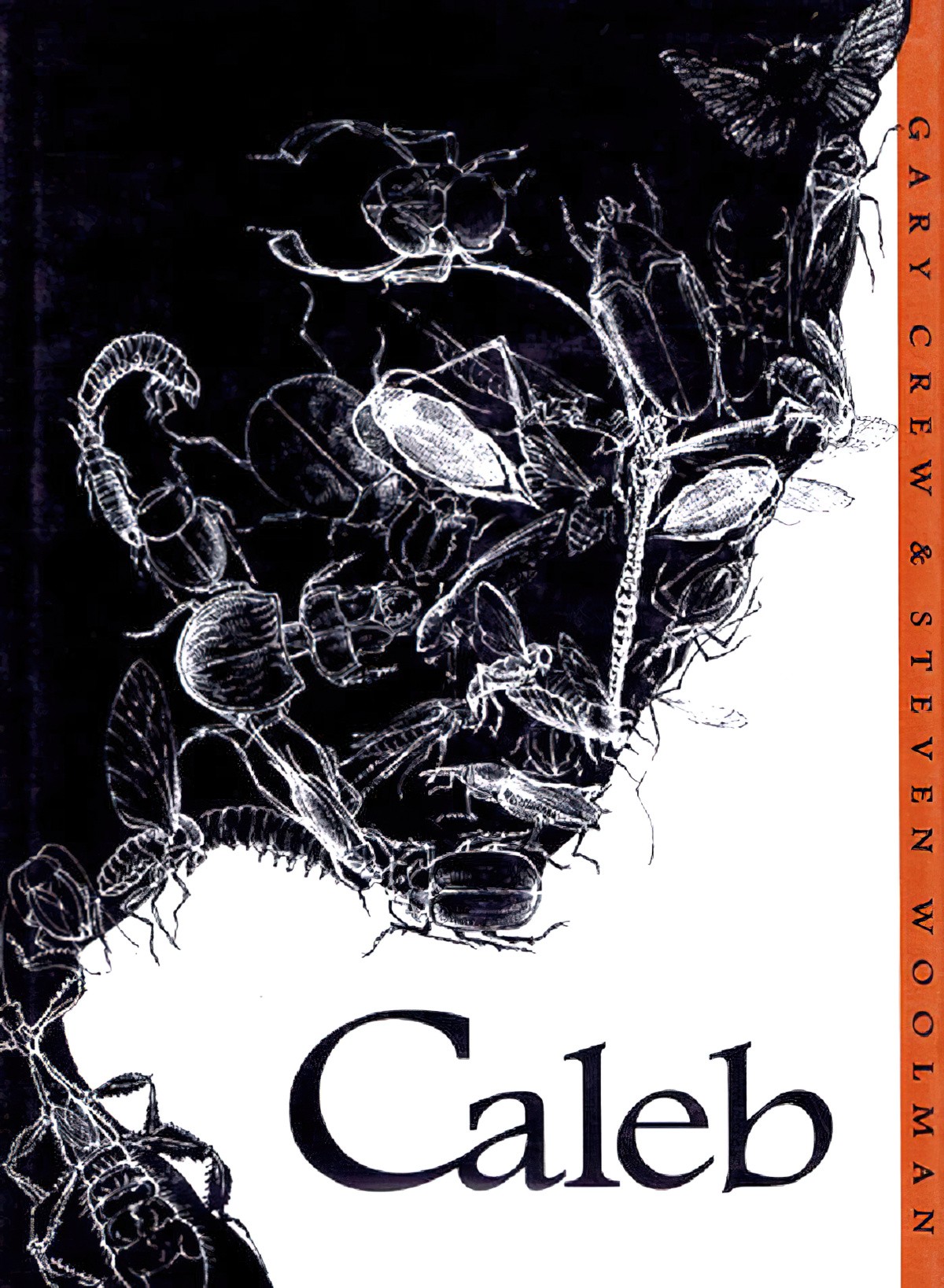
Caleb (1996) by Gary Crew and Steven Woolman is less picturebook (compound word), more ‘illustrated short story’ in typical picture book binding. In other words, the story could exist in its own right. The illustrations expand the story, sure, but unlike typical picture books for younger readers the words still make sense on their own. […]
-
Little Red Riding Hood Fairytale History

“Little Red Riding Hood” is one of the best-known fairy tales. Depending on who tells it, this is a feminist story, or a patriarchal one. Little Red Riding Hood is told to children, but probably features often as a sexual fantasy. Elle avait vu le loup – “She’d seen the wolf” in French means she’s lost her virginity. There are also…
-
In order to critique it, we’re going to have to show it
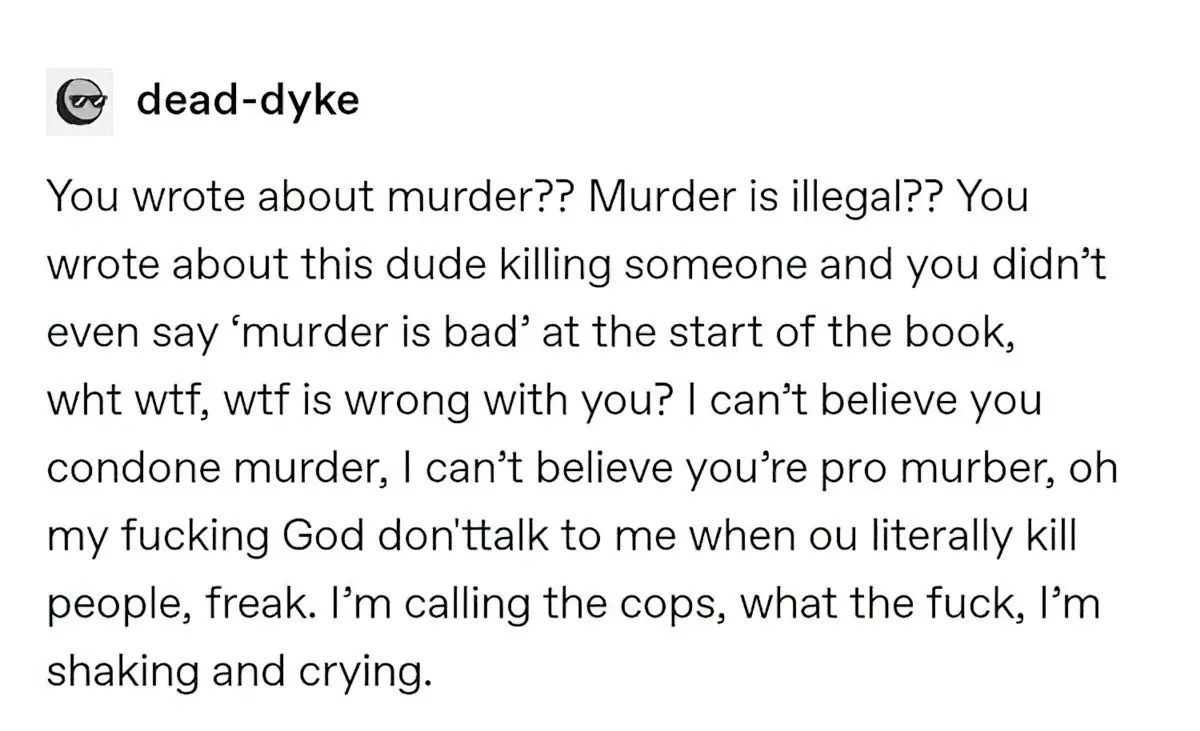
I am always saddened to hear that some teacher or librarian is in trouble because of something I have written. They are the true heroes in my mind. But I have come to believe that if a book has power, it will always have the power to offend someone. I don’t want to write books […]